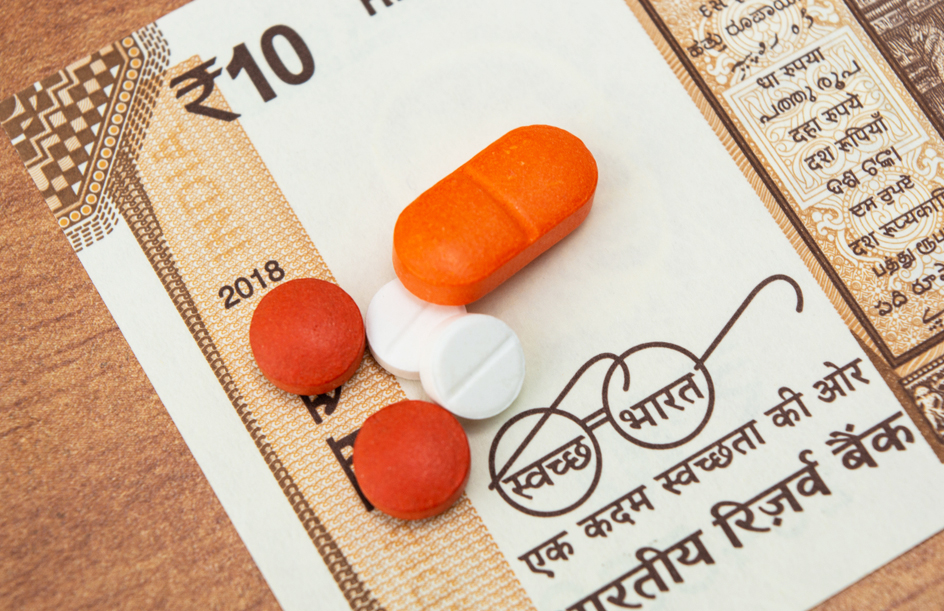Misnomers can, at times, be misleading. In spite of being known as the ‘pharmacy of the global south’, drug prices in India are prohibitive for vast sections of the population. Recent findings of the World Health Organization discussed at its Fair Pricing Forum show that close to 40 per cent of essential drugs in India with the lowest maximum retail price are valued significantly higher than estimated production costs. The assessment also highlighted “exorbitant” profiteering by pharmaceutical companies. Such extortion has been made possible by lax and poorly-thought-out policies. Take, for instance, the decision to exempt ‘innovative’ medicines developed by foreign companies from price control for five years in order to give Indians quick access to drugs, which are currently only available abroad. How many people can afford these costly new treatments? What drives prices higher is that India — in spite of the misgivings of experts — follows a market-based pricing pattern. Drug prices are calculated by taking the average costs of top-selling brands. This allows pharma companies to make money that is, at times, 10 times the production cost, suggest two independent studies. There are other such loopholes in the Drugs (Prices Control) Order, 2013 — vaccines with two or more active pharmaceutical ingredients do not fall under its purview — that allow manufacturers to bypass legal hurdles while fixing prices.
The eagerness to oblige foreign companies with exemptions stems from the paucity of indigenous research. One in every 13 cancer patients in the world is Indian. Yet, only seven new cancer drugs have been introduced in India during a time when over 50 breakthrough therapies became available in other countries. Indian companies look forward to patents on foreign products running out to start production. Even then, the price of generic drugs when fixed under the market-based module can be quite high. While affordable drugs are necessary, what is more important is to make new therapies available. Imposing a welfare model on pharmaceutical companies without investing in research will discourage innovation. The question of affordability, then, becomes moot. The link between medical innovation and affordable treatment is a State that invests in research and development. This is difficult given India’s measly health budget in terms of the gross domestic product. Higher outlays for health is thus an imperative in India.













